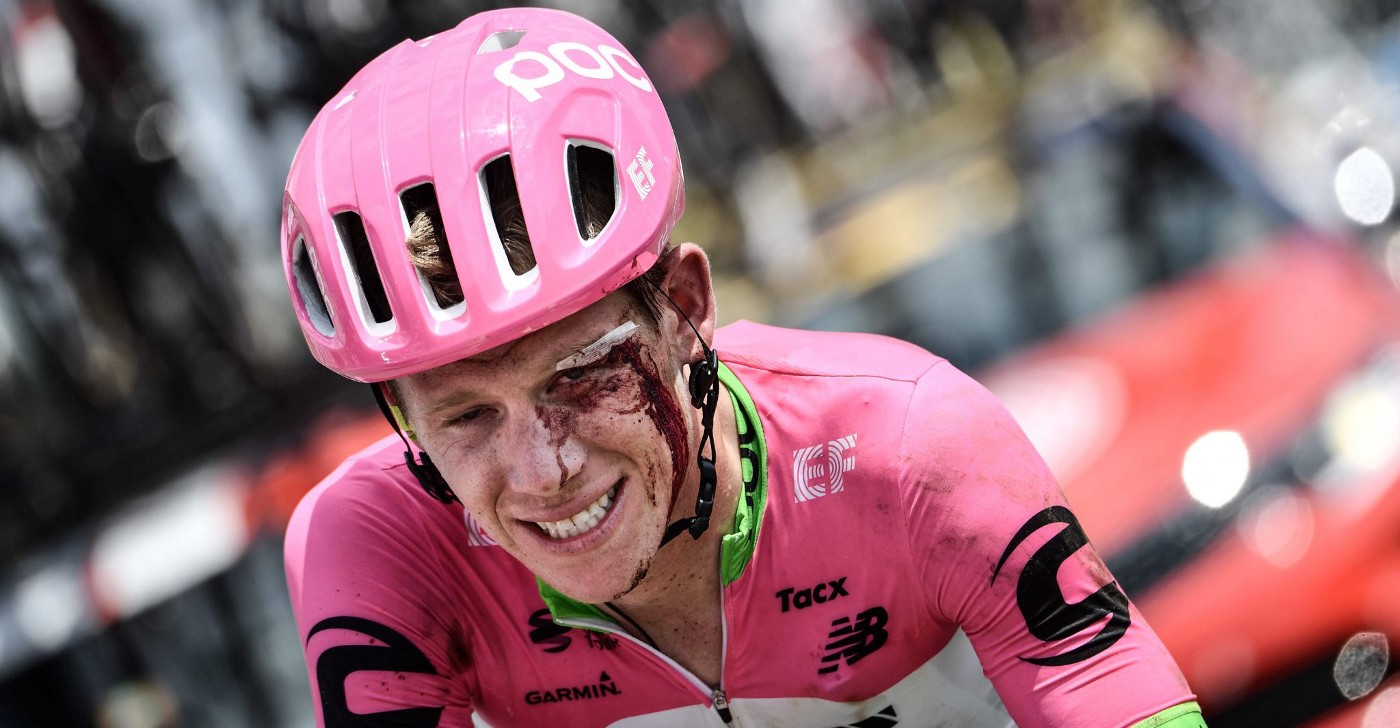Insights
Americans and Pro Cycling: A Complicated Relationship.

A week and a half ago, Egan Bernal, a 22-year-old Colombian became the youngest Tour de France winner in more than a century. On stage 19, just two days before the finish, Bernal snatched the yellow jersey from Frenchman Julian Alaphilippe, who had led the race for a combined 14 days. One day before, fellow Colombian and cycling legend Nairo Quintana won an epic, mountainous stage 18. As Bernal crossed the line on the Champs-Élysées in Paris and clinched his historic win, his entire home country erupted in celebration.
Bernal and Quintana were two of four Colombians in the Tour de France. The United States, with a population more than six times that of Colombia, sent the same number of riders to the Tour. Unlike the Colombians, no American rider won a stage in 2019. None of the five American riders in the 2018 Tour de France, nor the three in the 2017 Tour, did either.
This decline in American cycling can largely be traced back to one moment in time, and one man, Lance Armstrong. In 2012, Armstrong was stripped of his seven consecutive Tour De France wins between 1999 and 2005 after it was found that he was using illegal performance-enhancing drugs (PEDs) through those years.
In addition to the hero the 1999–2005 U.S. Postal Service teams had in Armstrong, they also fielded several Americans every year that rode in his support. In 2000, for example, five of the team’s nine riders were from the U.S. These star-studded lineups year after year and their dominance in the field sucked America in. People wanted to watch, the media wanted to cover, and by and large, Americans wanted to ride their bikes.
Armstrong’s fall from grace was accompanied by a significant drop off in American viewership of professional cycling. The rampant doping among Armstrong and his teammates followed by the coverup, lies and court proceedings attracted wave after wave of negative news stories. This period put a stain on American cycling, and with every new article and interview, drove discontent among the American public with their former hero and the sport as a whole. Since the Armstrong controversy came to a head, there has been a steady decline in cycling participation in America, the number of U.S. professionals racing in the World Tour, and the success of those who were racing at the highest level.
In 2005, the year of Armstrong’s final Tour win, more than 600,000 Americans tuned in to each of the 21 stages. According to NBC Sports, the primary U.S. broadcaster of the event, the number of viewers in 2018 was less than half, fluctuating between 200,000 and 300,000 daily viewers. All the while, European media still goes crazy for Le Tour every July.
In looking at all “Tour de France” media mentions between Jan. 1, 2019 and Aug. 5, 2019, the French accounted for 60% of the coverage, followed by Belgium, the UK and Germany. The U.S. came in fifth, accounting for just 4% of all stories.
Will Americans ever care about professional cycling as they once did in the early 2000s? And will more children start getting on bikes and bring back a sport that is seeing declining participation rates in almost every major U.S. city?
It’s hard to come up with a definite answer to either of these questions, but they are inextricably connected. Participation and success are the keys to drawing in viewers. To rejuvenate Americans’ enthusiasm in cycling — which would, therefore, increase the amount of coverage of the sport and the number of people tuning in — we need more American talent competing at the highest level and winning. We need a modern-day, PED-free Lance Armstrong. But is it possible to inspire enough interest in the sport necessary to find such a figure without widespread media attention and public interest in international racing?
Last month, the Washington Post reported that Tom and Steuart Walton, the grandchildren of Walmart’s founder Sam Walton, are making serious investments in youth cycling, through personal donations and in the development of a foundation, which will be run by a popular cycling company they own.
The Walton’s actions will hopefully encourage others to support youth cycling development programs and their local cycling communities at-large. These are the kinds of investments necessary to breed the next American cycling champion. Sports communicators and PR professionals can also help shine a light on the sport by focusing on young, exciting talent here at home, of which there is quite a bit. The monetary support of young cyclists coupled with more positive media attention could be the recipe to get the U.S. back on their bikes and tuned into the sport.